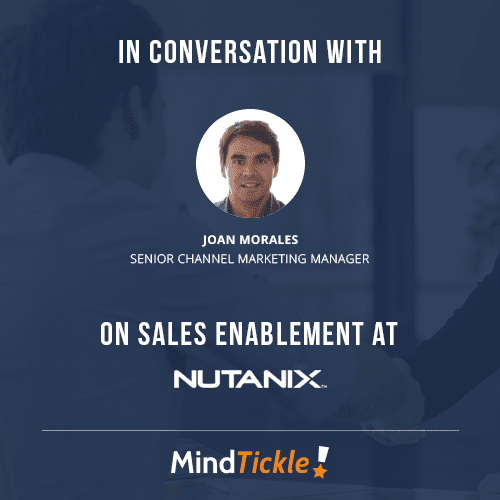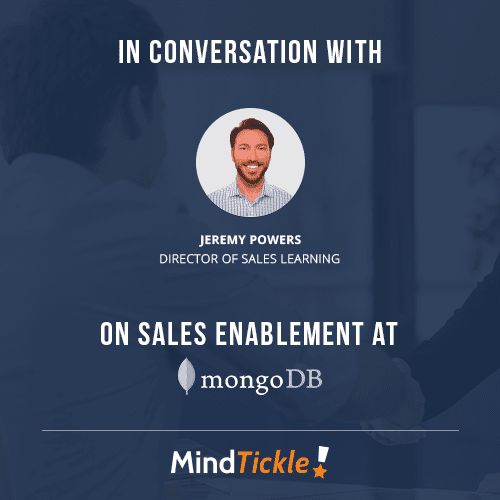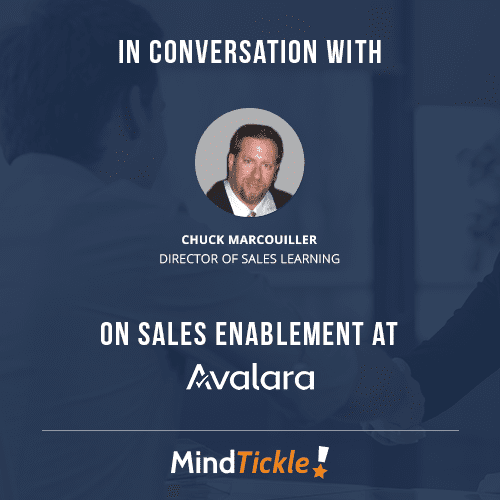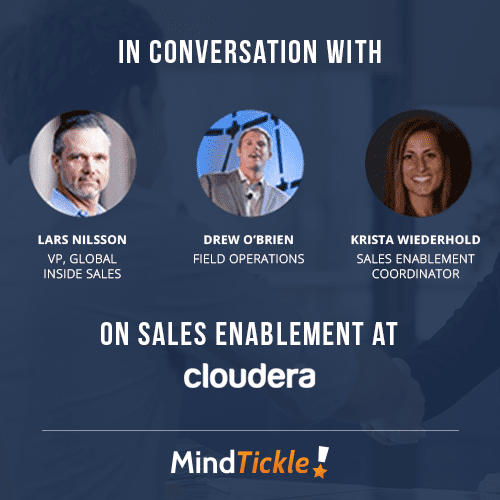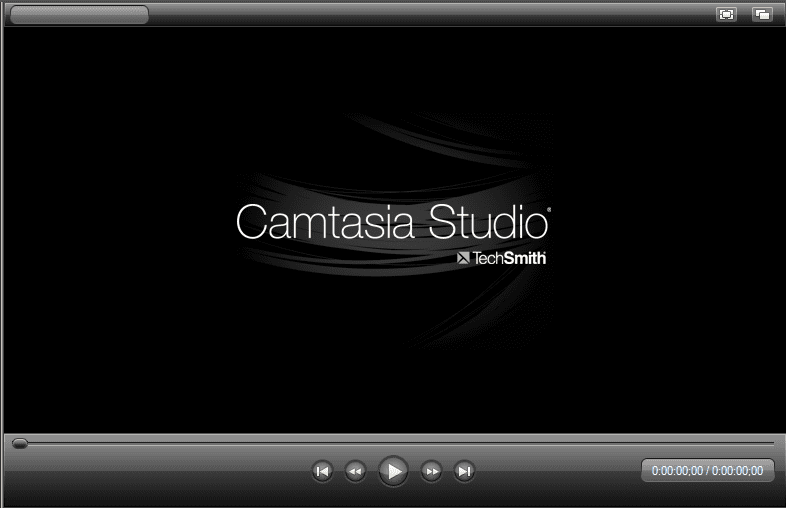In Conversation with ForeScout on Sales Enablement
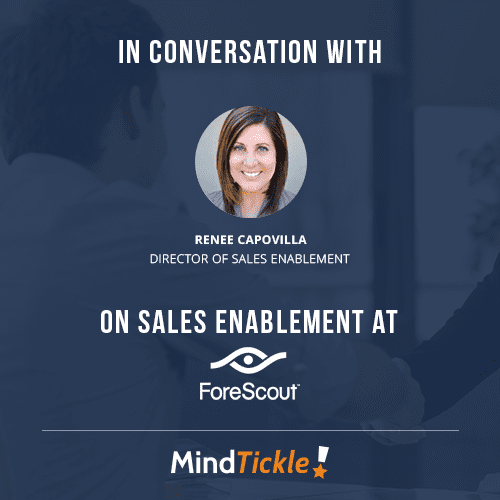

here
.
ForeScout is a cutting-edge network security company that can detect devices the instant they connect to a network. They are at the forefront of cybersecurity and have been named one of the
20 Fastest Growing Security Companies in 2015
by the Silicon Review. The company has customers around the world and requires a cohesive sales team in order to keep up with growing demand.
According to Renee Capovilla, Director of Sales Enablement, their motto is to turn its A players into ForeScout sales superstars by mastering six core elements:
- Industry knowledge;
- Buyer knowledge;
- Product knowledge;
- Pitch knowledge;
- Process knowledge; and
- Systems knowledge.
The business encountered challenges in the process, messaging and onboarding
Capovilla identified key sales enablement challenges for the business, “
When I first joined ForeScout it became very clear to me that we needed to up-level our sales process. We had a documented sales process but it just wasn’t being followed consistently. Moreover, from a messaging perspective, there was no consistency across the sales organization. In order to scale the business and to accelerate our new hire ramp up, we needed to re-engineer our sales process and more importantly document that.”
Three solutions were identified
To address the key challenges, the company focused its efforts on three key areas.
Creating a sales playbook
“The goal of the playbook is to capture and certify what your top performers are saying, asking and doing at every stage of the sales cycle. A playbook needs to provide guidance around first the deal, the call and the forecast management best practices throughout the sales process. Because we have a complex sale process and we work with a lot of very high stake deals, it’s critical that the playbook clearly defines the roles and responsibilities and the rules of engagement of all the different seller stakeholders, to ensure that we in the end delight that buyer throughout the selling process,”
explains Capovilla.
“The playbook should use the sales process as the framework. This approach has enabled us to give that clear direction and guidance on what the rep should do say, do and ask it at every stage of their sale cycle, replicating the best of the best. Then as part of this, it should also include a review section which is the coaching questions at every stage. This is where the manager comes in and plays the part of the coach with the rep, it’s a must-have.”
“We also have sections for the buyer role profiles, so we understand the buyer we are selling to and what they are doing through the sales process so we can lead them through it. We have security topic focus conversational tracks that really draw out the business value for why we are talking to those buyers and then we have an objection handling section which is again one of my favorites. And then we have key customer success story section where reps can talk about other customer successes again embellishing that conversation with the customer,”
outlines Capovilla.
The sales playbook is currently being migrated to Mindtickle so that the technology can be leveraged for all aspects of the process.
Instituting a corporate pitch certification program
When approaching the issue of consistent messaging, ForeScout decided to institute a company-wide corporate pitch certification program.
“This corporate pitch program serves as a framework to which we present our capabilities, our differentiators and our values to our customers. It enables that discussion again around security buyers’ challenges, we present use cases, the current infrastructure gaps that could be occurring and then we help walk the customer through how ForeScout can uniquely address each one of them.”
“I call it the 30 – 3 – 30. You need to be able to just give a 30-second pitch on your company. I think everybody has to have that in their arsenal of conversation. Then we go into the three which is the “three-minute elevator pitch.” That’s where you start talking a little bit more about the buyer challenges and a few of the use cases, but not in too much depth because we have to stick to three minutes. And then the last is, of course, the 30, and that’s where we consider the full-on pitch,”
she continues.
Each pitch is recorded and reviewed using Mindtickle and feedback is provided back to the reps. This then enables the certification to be recorded as well.
Building a robust onboarding program
ForeScout’s onboarding program builds on the sales playbook.
“We use the playbook content as the basis for developing our sales university and we use Mindtickle. Our perspective is that the playbook beckons that onboarding program. It’s the basis for developing the university courseware and the referencing coaching guide that drives our overall process and best practice application post the onboarding experience,”
Capovilla explains.
“We have tackled it in a 30-60-90 day approach. The first month is focused on completion of the online courses that we have put in Mindtickle, along with the prescribed shadowing activities. Around week four to six we bring in the new hires to a boot camp, where we expose them to the best people. We bring the concepts that were taught in those online courses to life, and learning scenarios and role play sprinkled with a little bit of tribal knowledge and customer situations. In my opinion, the best way to learn is to have the trainees apply the concepts to real deals so we also have them do teach back concepts, that’s the role play. We do a lot these role plays, where the trainees have to present what they’ve learned to their peers, and it’s through that collaboration that the learning really starts happening.”
“That’s why I got the platform:
because all of that is in Mindtickle. We use that platform to push out quick updates, to make sure that they haven’t forgotten what we taught them initially in the courses and the missions. One of my favorites is the pitch back because you really want to know once the rep knows it. You want to know how they are using it on a sales call and the only way you’re going to know that is if they tell you. So the pitch back is so important for us to hear what they are going to say when they get to the customer, a great way to reinforce the learning through listening,”
she explains.
“Mindtickle allows me to ramp up my onboarding as well as my ongoing field training. I enable the technology sooner rather than later. Don’t feel intimidated to add the technology early on, because it won’t just help with the cycle time,”
Capovilla continues.
“It’s the ease of use for both the administrator and the user. I’m on both sides of the platform all day long. I quickly set-up a course, a mission, a pitch back. It’s so easy and then from a user perspective, I love the UI. It’s just beautiful and simple and clear, you know what you need to do. We also love the fun and interactive learning experience. Invariably we hear comments like ‘this was the best learning experience I have had, very positive’. I think people learn a lot from seeing themselves.”
New hires are now hitting productivity targets within six to nine months
In a dynamic industry that is constantly evolving getting new hires to ramp up is challenging, but ForeScout has found their sales playbook and onboarding program so effective that by the six to nine month mark their new hires are hitting their productivity targets. They are also expected to deliver their corporate pitch within their first 30 days, using a scorecard to help judge it impartially.
“If you partner with the right companies they will work with you on your team. Mindtickle’s been great. I don’t look at them as a vendor, I look at them as a partner. So when I get stuck or have a challenge, I call my Customer Success rep and we work through it. It’s really like having another person on my team. That’s how I have been able to be successful,”
reflects Capovilla.


